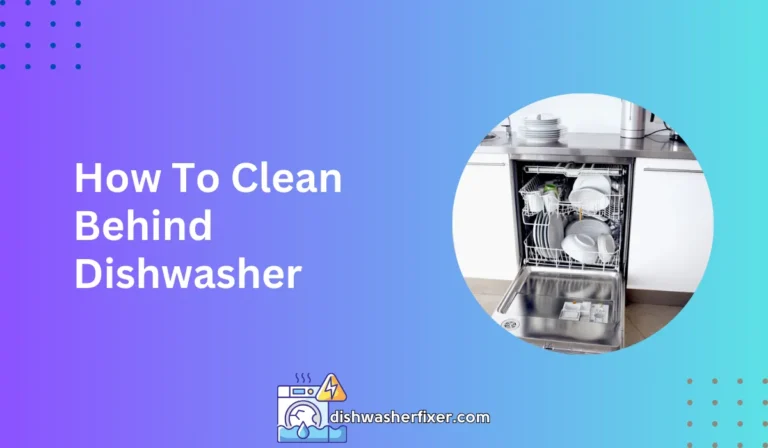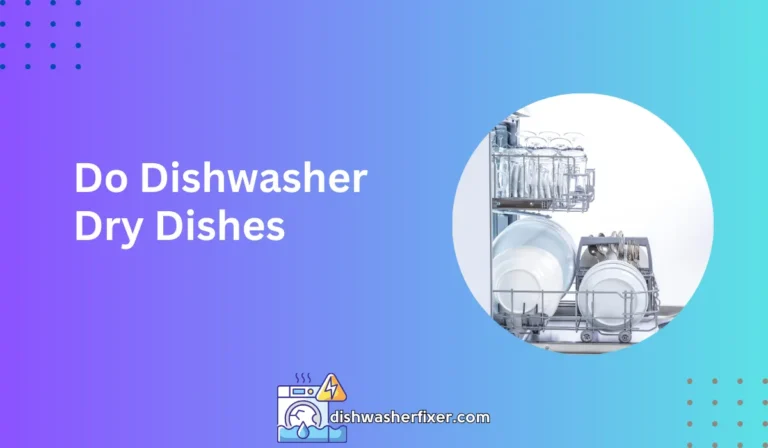Does a Dishwasher Fill Up With Water? How It Really Works
Yes, a dishwasher does fill up with water. It fills the bottom basin to pre-soak dishes, then sprays them with water jets for cleaning. The water level is controlled and does not submerge dishes completely.
Dishwasher Water Fill Mechanism
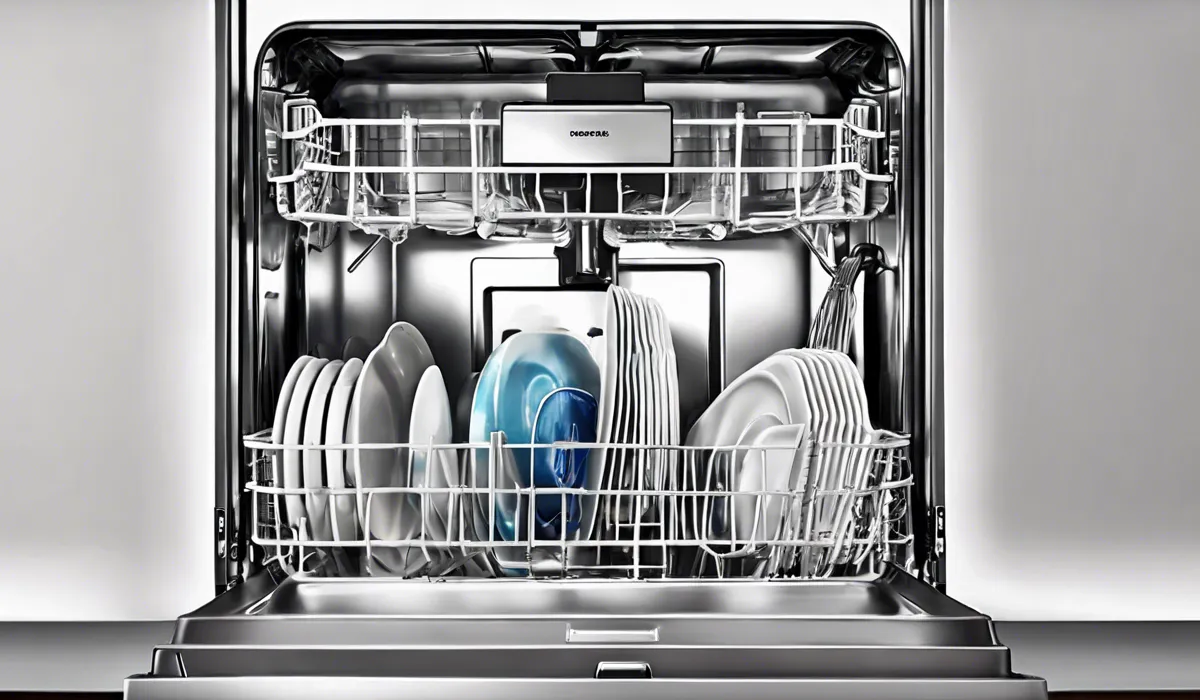
Understanding How Dishwashers Draw Water
A dishwasher begins its cycle by filling with water. The process starts when you select a program and close the door. A signal is sent to an electronic control panel which then activates the water inlet valve.
This valve, which is connected to the household water supply, opens to allow a specific amount of water to flow into the machine.
Connection to Household Water Supply
For a dishwasher to operate, it needs a reliable connection to your home’s water system. This is achieved through a hose that is typically linked to the kitchen sink’s plumbing.
A secure connection ensures that water can enter the dishwasher whenever necessary, without any leaks or drops in pressure.
The Critical Role of the Inlet Valve
The inlet valve is vital for controlling the amount of water that enters the dishwasher.
Once the dishwasher signals for water, the valve opens and closes to maintain the correct flow and water level. It’s designed to be precise, as too little or too much water can affect the dishwasher’s performance.
Water Level Sensing and Control
Dishwashers are equipped with sensors that detect water levels. These sensors ensure that the dishwasher fills with the right amount of water, based on the selected wash cycle.
If the level is too low, the sensors signal the inlet valve to open; if it’s high enough, they signal it to close.
Safety Features to Prevent Overfilling
Modern dishwashers come with safety mechanisms, like overfill protection, which prevent water from flooding your kitchen.
If the water level exceeds a certain point, the dishwasher will automatically shut off the inlet valve and may activate a drain pump to remove excess water.
Dishwasher Cleaning Process
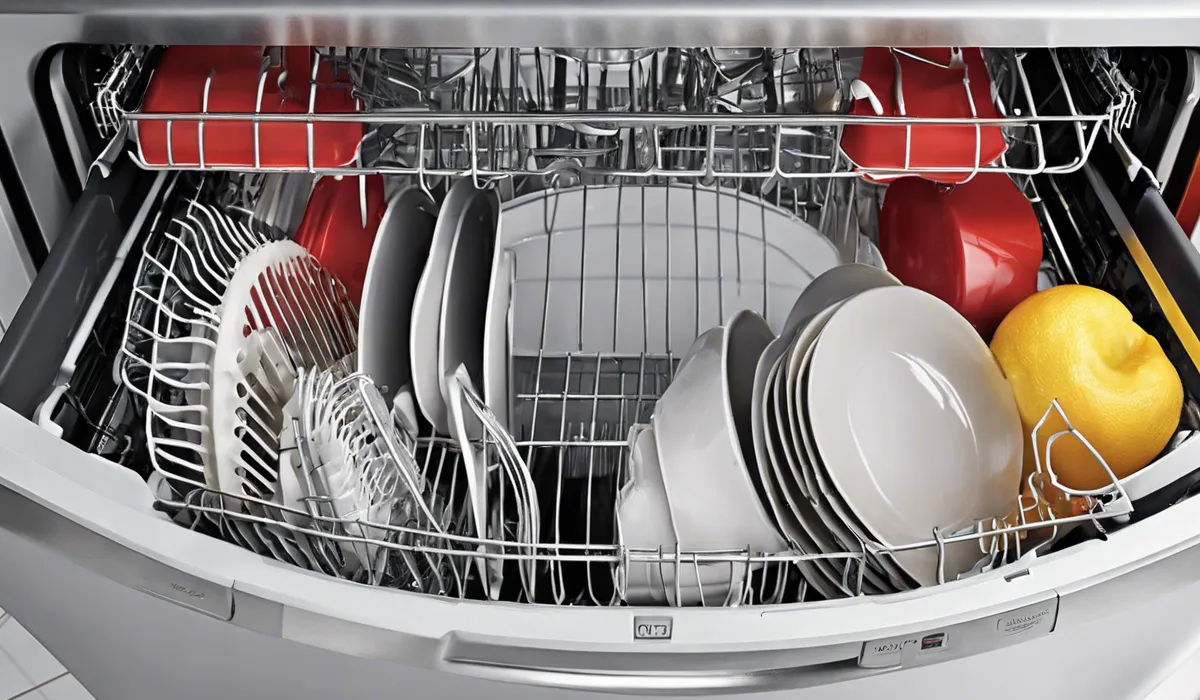
The Role of Water in Dishwasher Cycles
Water is the primary medium through which a dishwasher cleans your dishes. Heated water combined with dishwasher detergent dissolves and removes food residue. The water then rinses away the debris, leaving dishes clean and ready for drying.
Phases of a Dishwasher Wash Cycle
Typically, a dishwasher wash cycle has three phases: pre-wash, wash, and rinse. During pre-wash, dishes are soaked to loosen food particles.
The wash phase uses vigorous water jets and detergent to clean the dishes. Finally, the rinse phase removes any remaining detergent and food residue.
Water Usage in Each Wash Cycle Phase
Each phase of the wash cycle uses a different amount of water. Pre-wash may use a minimal amount, just enough to moisten the dishes.
The wash phase uses more water to ensure thorough cleaning. The rinse phase might use slightly less water but requires enough to clear away all detergent.
Efficient Water Recirculation
To be efficient, dishwashers recirculate water. Water from the wash phase is filtered and reused within the cycle. This process reduces the total water consumption of the dishwasher, making it an eco-friendly appliance.
Troubleshooting Common Water Fill Issues
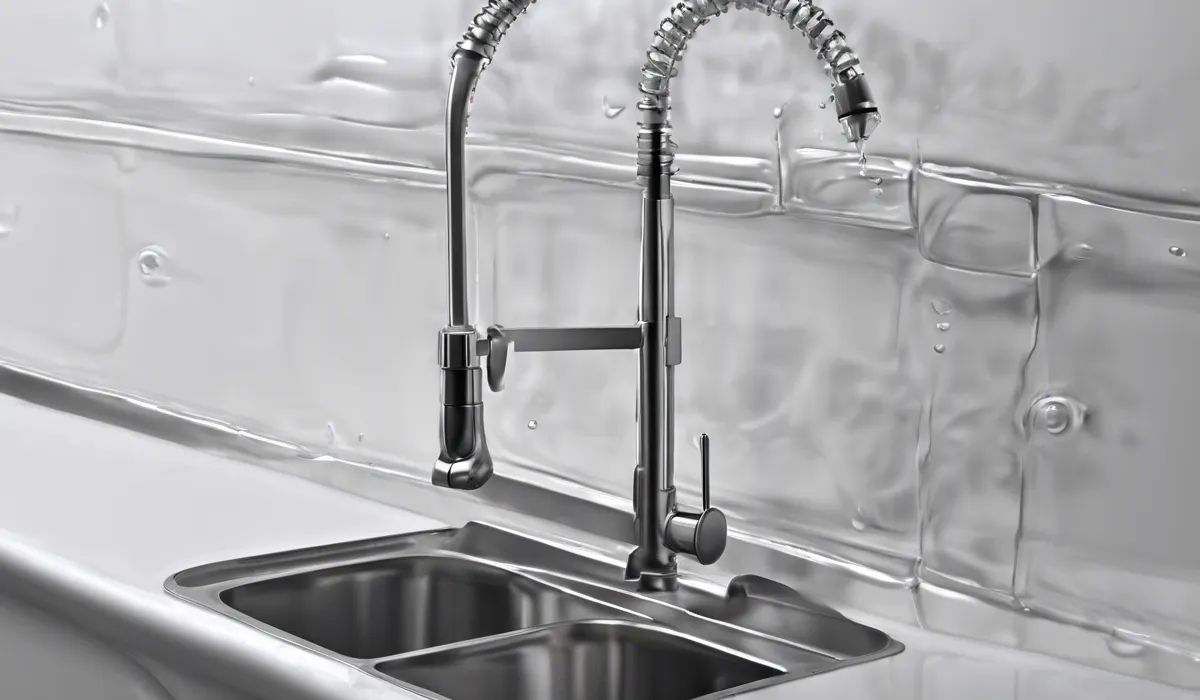
Identifying Water Fill Problems
If your dishwasher isn’t filling with water, you’ll notice symptoms like dishes not being cleaned properly, the machine making unusual noises, or the cycle taking longer than usual. These are signs that there may be an issue with the water fill mechanism.
Causes of Dishwasher Fill Issues
Common causes for a dishwasher not filling with water include a malfunctioning inlet valve, a kinked water supply hose, or a clogged filter. These problems can restrict water flow into the dishwasher, leading to poor cleaning performance.
DIY Water Fill Issue Diagnosis and Resolution
To diagnose water fill issues, check the inlet valve for any signs of damage or malfunction. Inspect the supply hose to ensure it’s not kinked or blocked. You can also clean the dishwasher filter to remove any debris that could be hindering water flow.
Knowing When to Call in the Experts
If you’ve tried troubleshooting and the problem persists, it’s time to call a professional. A qualified technician can assess the issue and make the necessary repairs, ensuring that your dishwasher operates efficiently and safely.
FAQs About Dishwasher Water Fill
Does a dishwasher fill up with water during the wash cycle?
Yes, a dishwasher fills the bottom basin with water during the pre-soak and cleaning phases, but it does not submerge the dishes completely.
How does a dishwasher use water to clean dishes?
A dishwasher sprays dishes with water jets after filling the bottom basin for pre-soaking, effectively cleaning the dishes with a controlled water level.
Will dishes be submerged in water in a dishwasher?
No, dishes are not completely submerged in water in a dishwasher; the water level is controlled to only fill the bottom basin.
How much water does a dishwasher use during a cycle?
The amount of water a dishwasher uses per cycle varies by model, but it is typically between 3 to 6 gallons (11 to 23 liters).
Is it normal for water to remain in the bottom of the dishwasher after a cycle?
A small amount of water remaining in the bottom of the dishwasher after a cycle is normal, but it should not be excessive or lead to pooling.
Final Thoughts
A dishwasher does indeed fill up with water, but only to a certain level in the bottom basin for pre-soaking.
During the cleaning cycle, dishes are then sprayed with water jets rather than being fully submerged. This method ensures effective cleaning while maintaining a controlled water level within the machine.


